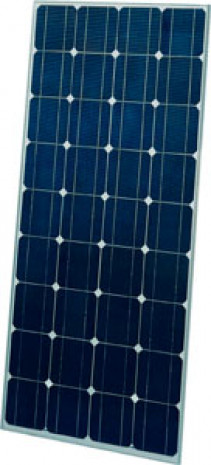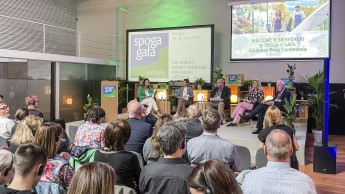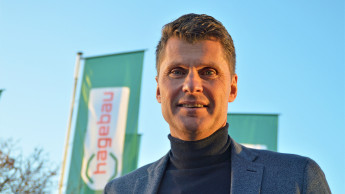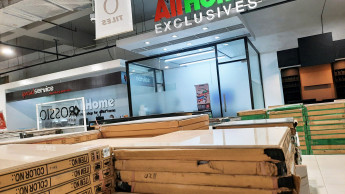Solar modules are installed today mainly on detached and semi-detached houses. Specialist contractors in particular have long since discovered the potential of the solar technology business for the future, but the marketing of solar panel systems in DIY stores doesn’t appear to have got off the ground to a comparable extent. The German Federal Association of the Solar Industry (BSi) believes that the latter lack the necessary competence to dispense advice. The products are now considered to be at an advanced stage of design development and ideally suited for installation by DIYers.
From the political point of view, solar power systems are certainly regarded in a positive light. In 1997, the EU Commission released a White Paper on renewable energy that set a target of doubling the proportion of renewable energy from six to twelve per cent by 2010. In this context 100 mio m² of solar collectors were to be installed in Europe by 2010 (compared with 10 mio m² in 2000).
Solar products are now consid-ered to be at an advanced stage of design development and ideally suited for installation by DIYers.
The first photovoltaic demonstration systems of any size were built in Germany in the 1980s, but it was only following the launch of the 1 000 roofs programme by the Federal Ministry of Research at the start of the 1990s that solar modules began to appear increasingly on German roofs. This was followed by the 100 000 Solar Roofs Programme (1999) and the Renewable Energy Act (EEC), paying compensation for electricity generated by solar modules at 48 cents per kilowatt hour, guaranteed for 20 years. Latterly the grant was increased to € 125 per m² of installed solar collector area. This enhanced subsidy policy has boosted the market substantially in the last few years, albeit with the odd interruption. After Japan, Germany is now the world’s second-largest market for photovoltaic modules, and by far the biggest market in Europe.
Germany also tops the league in Europe for heat recovery by means of solar power, accounting for 60 per cent of the market with 900 000 m² of collector area. Greece comes…









